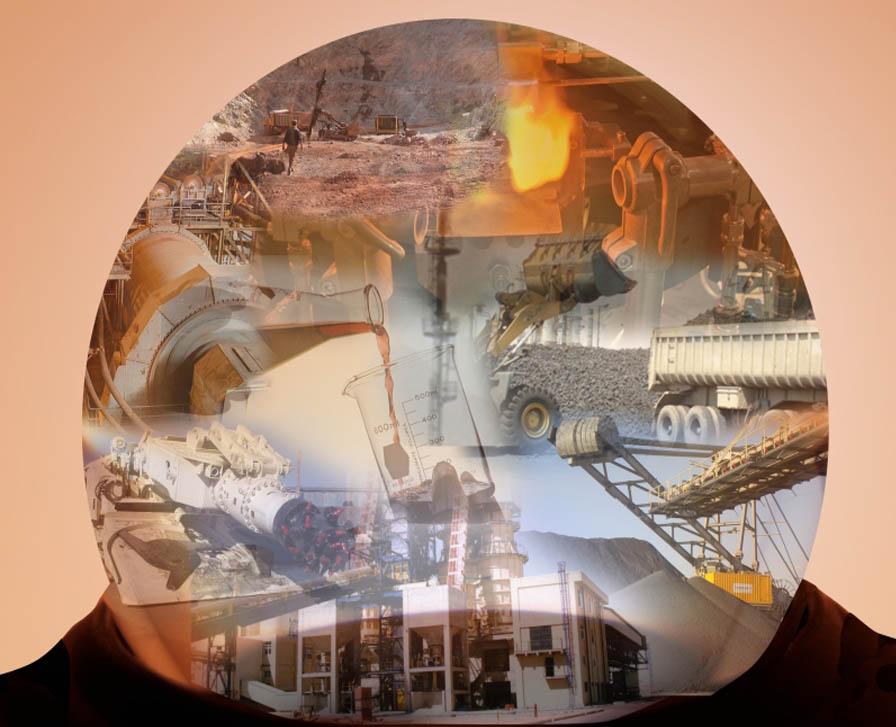Iran has 60 billion metric tons of mineral reserves, out of which 37 billion metric tons are proven reserves and the remaining are probable mineral reserves. Currently, Iran extracts only about 400-450 million metric tons of minerals, informed the deputy head of the Mines and Mining Industries Development and Renovation Organization (IMIDRO), Amir Khorrami Shaad on Tuesday.
“Iran still has a long way to go before reaching the global standards in mine extraction which state that every country should extract at least 1% of its proven and probable mineral reserves, “ IRNA quoted the official as saying.
Based on the global standards, Iran should add at least 200 million metric tons to its annual extraction rate in order to reach the 1% extraction standard. This is while so far, only about 15% of the country’s terrain has been explored for minerals.
According to IMIDRO mine exploration and survey operations conducted in Iran have only been superficial. While many countries implement aerial exploration operations to detect resources in the depths of 1,000 to 1,500 meters, the average depth of explorations in Iran does not exceed 150 meters.
“Iran’s known mineral reserves are valued at $750 billion despite the limited mine exploration operations carried out only on small regions in the country,” said Khorrami, adding: “With more than 68 different types of minerals, Iran could generate more revenues from mineral resources than it currently does from the oil and natural gas sectors.”
The deputy, however, stressed that sufficient budget should be allocated for exploration operations and aerial surveys.
Iran is the tenth country in the world in terms of the variety of minerals and the 15th in terms of volume of reserves. According to the Fifth Five-Year Economic Development Plan (March 2011 - 2016), Iran’s annual mineral extraction should reach 570 million metric tons in the final year of the plan.
During the past decades, governments allocated tight budgets for aerial surveys. The allocated budget for such surveys during the past decade was $25 million while the figure worldwide was $84 billion. Aerial operations are so costly that the private sector has not been able to single-handedly perform the task.
The current administration, led by President Hassan Rouhani, has emphasized the need for explorations and aerial geophysical surveys to make the best use of the massive potential in the mining sector. The government has started a three-year comprehensive plan to explore new national mines. The new plan will cover 200,000 square kilometers of the country’s area, mainly high-potential regions where geological, geochemical, and geophysical characteristics are favorable for resource occurrence. The exploration operations –jointly carried out by the ministry of industry, mine, and trade; the Iranian Mines and Mining Industries Development and Renovation Organization (IMIDRO), and the Geological Survey of Iran– during the first 9 months of the Iranian calendar year (to end March 21, 2015) have significantly increased compared to the similar period last year.


